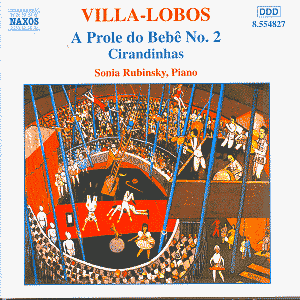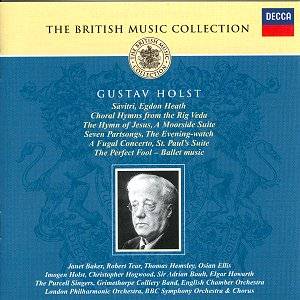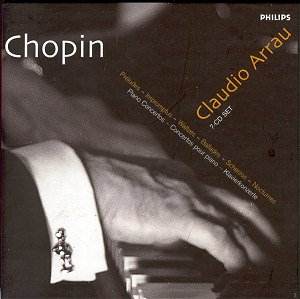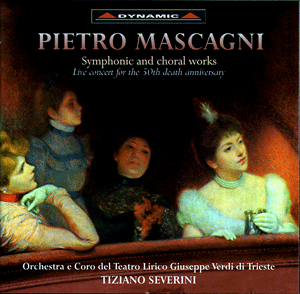 Composer: Heitor Villa-Lobos
Composer: Heitor Villa-Lobos
Works: Piano Music Volume 2 – A Lenda do Caboclo, Ondulando, Valsa da Dor, A Prole do Bebê No. 2, Cirandinhas
Performers: Sonia Rubinsky (piano)
Recording: Grace Church on the Hill, Toronto, April 2000
Label: NAXOS
Heitor Villa-Lobos, a towering figure of Brazilian music, synthesized his rich cultural heritage with European influences, resulting in a unique body of work that defied easy categorization. His piano music, particularly in the two volumes of “A Prole do Bebê,” reflects this complexity, merging playful innocence with profound emotional depth. This second volume, performed by the accomplished Sonia Rubinsky, delves into more intricate compositions, revealing the composer’s evolution from the simpler, childlike motifs of the first volume to a more sophisticated interplay of rhythm, harmony, and thematic development.
Rubinsky’s interpretation stands out for its vibrant energy and technical precision. Throughout the recording, she navigates Villa-Lobos’ demanding passages with remarkable agility and flair. In “A Prole do Bebê No. 2,” the playful melodies take on a transformative quality, infused with complex rhythms and unexpected harmonic shifts. Rubinsky’s approach highlights these elements, particularly in pieces like “O Ursozinho de algodão,” where her dynamic use of accents and articulation creates an infectious moto perpetuo that drives the piece forward. The contrast between the playful right-hand melodies and the rhythmic pulses of the left hand is executed with a deftness that gives the listener a sense of the underlying Brazilian folk rhythms.
The collection also features “Cirandinhas,” charming miniatures that encapsulate Villa-Lobos’ ability to evoke a child’s perspective on life. Rubinsky’s performance here is marked by a lightness and clarity that respects the brevity of each piece while allowing for the composer’s characteristic harmonic richness to shine through. The recording quality itself complements her playing; the NAXOS engineers have captured a natural and sympathetic sound that enhances the clarity of Rubinsky’s articulation without diminishing the warmth and color of the piano.
In a broader context, comparisons with other recordings of Villa-Lobos’ piano works, such as those by Arthur Moreira Lima or Nelson Freire, highlight Rubinsky’s distinct interpretive choices. Where others may lean into the lushness of the melodies, Rubinsky opts for a more incisive approach, bringing out the rhythmic vitality that is often overshadowed by sentimentality. This is particularly evident in “Valsa da Dor,” where her interpretation oscillates between the waltz’s inherent grace and its underlying sorrow, enhanced by touches reminiscent of Rachmaninov’s darker motifs.
The thoughtful programming of this volume allows listeners to appreciate not only the technical demands placed upon the performer but also the intricacies of Villa-Lobos’ compositional style. Each piece unfolds with a unique character, from the hypnotic melancholy of “A Lenda do Caboclo” to the salon-esque charm of “Ondulando.” The careful balance of emotional expression and technical prowess in Rubinsky’s performance underscores the brilliance of Villa-Lobos’ music, making this recording a compelling addition to the pianist’s discography.
Sonia Rubinsky’s interpretations in this second volume of Villa-Lobos’ piano music are both illuminating and invigorating, revealing the composer’s intricate tapestry of influences while showcasing her formidable pianistic skills. The recording not only captures the essence of Villa-Lobos’ vision but also presents it in a manner that is both accessible and engaging, marking it as a highly recommended listening experience for both enthusiasts and newcomers to his music.



